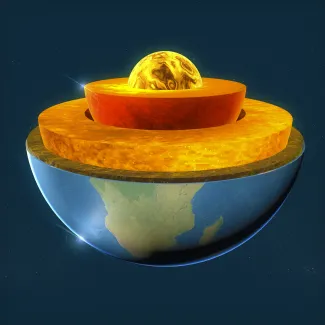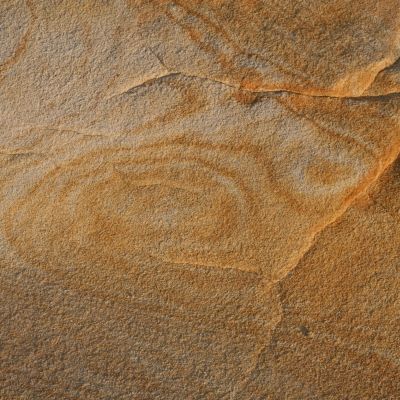What does geothermal energy consist of?
- Partly residual heat from the time the earth was formed.
- Partly heat generated by the natural decay of radioactive elements in the Earth's crust.
- Partly heat created by the friction of the earth's plates (tectonic plates).
How do we use geothermal energy?
The high temperature deep inside the Earth constantly sends heat to the surface. You can use this heat in two ways: directly or indirectly.

Direct use
The heat is used straightaway for things like heating buildings, running a turbine, or a mix of heating and generating electricity. This is more common with deep geothermal energy, which pulls heat from hot rocks buried deep in the Earth's crust (more than 500 metres down).
Indirect use
Indirect use comes into play when the water isn’t hot enough for direct use. In these cases, we use it indirectly, like with a heat pump. By evaporating and compressing the water, heat is extracted at one temperature and boosted to a higher one.






